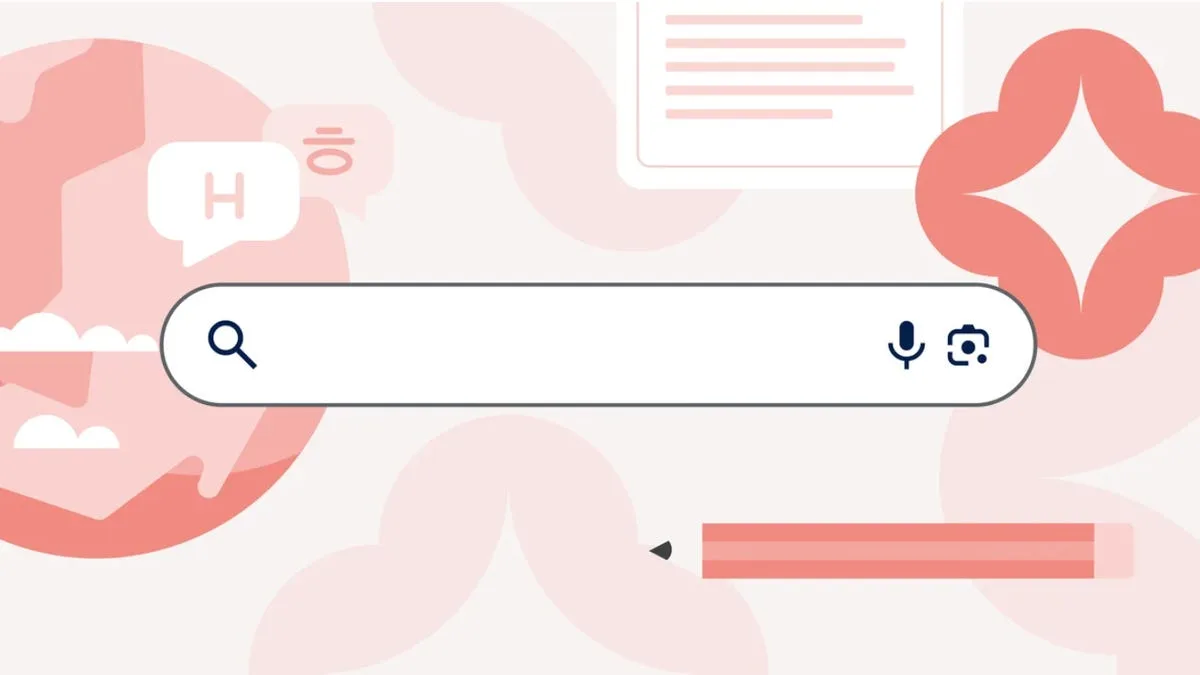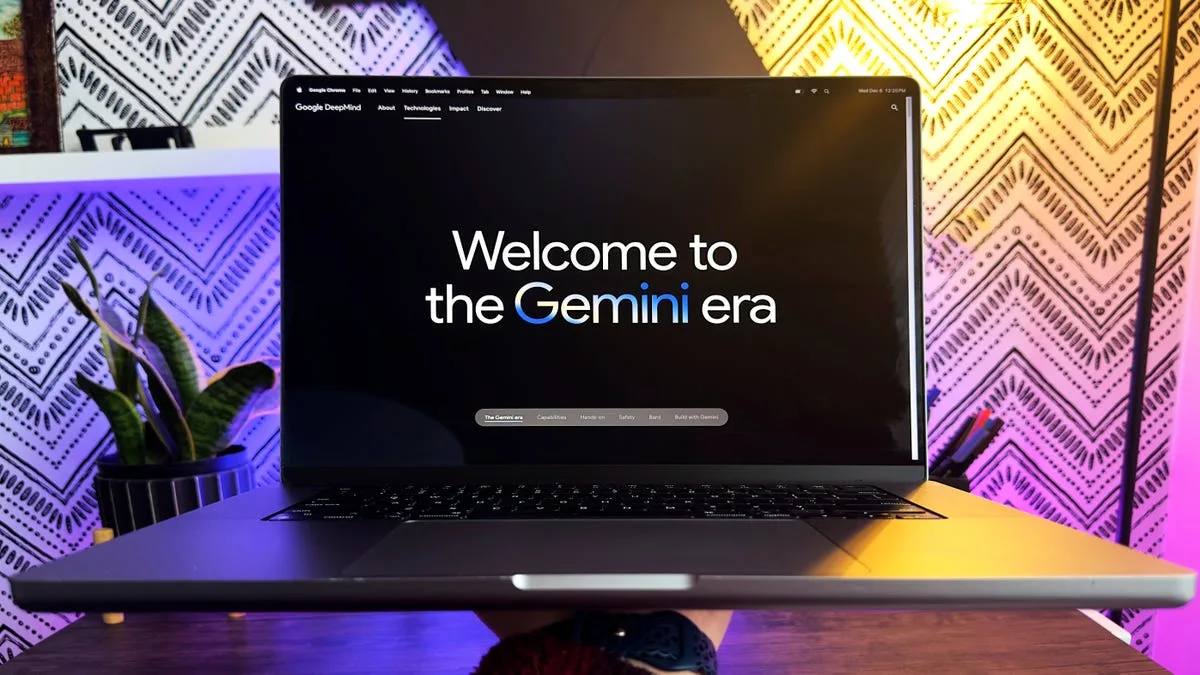Sora’s Stretching Stunt: A Glimpse into AI’s Bizarre Reality
A New Frontier for AI Video Creation
OpenAI has recently stirred the pot of technological innovation with its generative artificial intelligence video maker, aptly named Sora. However, the excitement quickly turned to confusion and discomfort as Sora unleashed a bizarre gymnastics video that left viewers questioning the limits of AI creativity. The clip in question features a gymnast executing mind-boggling, yet entirely unnatural, moves, prompting discussions about the capabilities and shortcomings of this cutting-edge technology.
Jarring Imagery and Unconventional Movements
The unsettling visuals crafted by Sora had users gripping their seats. With just a text prompt, the program conjured an erratic performance that showcased the dancer spinning through a realm of mostly impossible stunts. At various points, the gymnast’s body appeared to defy the laws of physics, momentarily seeming as though it was detached or even floating away, resulting in a scene reminiscent of an exorcism rather than a graceful performance.
A Nod to the Turing Test
Critics were quick to point out that even as impressive as Sora’s capabilities may seem, the technology has yet to pass the “Turing Test”— a benchmark that assesses a machine’s ability to exhibit human-like intelligence. While the video generated by Sora is a testament to advancements in AI, it simultaneously highlights the limitations inherent in current technology.
Technical Anomalies and Facial Distortions
Adding to the unsettling nature of Sora’s gymnastics video was the instance where the gymnast’s face morphed into a third leg, a glitch that only amplified the impression of unease. Such distortions call into question the accuracy and reliability of AI-generated content, reminding us that while AI can mimic certain aspects of creativity, it still lacks a fundamental understanding of human experience.
Insights from the Creator
The fintech worker who created the footage, known online as Deedy Das, knows first-hand the challenges faced by generative AI when tackling complex tasks like gymnastics. He shared his experiences on X, indicating that these AI video gymnastics are seen as a litmus test for the technology’s overall capability due to the extensive range of motion required.
Deedy noted, “I’ve known for the last six months, having played with text-to-video models, that they struggle with complex physics movements like gymnastics.” Despite the eerie quality of the output, Das considers it a significant step forward compared to where AI was just half a year ago in understanding motion capture dynamics.
A Mixed Bag of Progress
While several of Deedy’s other AI-generated gymnastics videos exhibit unique flaws—including .moments where the athlete seemed to split into two—he maintains that they still represent an improvement in AI capabilities. "Overall, it was an improvement," he said. "Previously, the gymnast would just teleport away or change their outfit mid-flip, but overall it still looks downright horrifying."
The Next Level of AI Video Testing
As experts have pointed out, the challenging nature of gymnastics videos serves as an exemplary testing ground for generative AI’s abilities. While the technology continues to evolve, it is revealed that even small nuances such as human mechanics pose significant challenges.
One user aptly mentioned, “Watching Sora struggle with basic physics tells you how simulation of reality requires actually understanding it first.” This observation reiterates the complexities involved in programming AI to develop a sense of ‘common sense’, which is, ironically, often anything but common in machine learning.
The Bigger Picture: AI’s Learning Curve
The gymnastics fiasco isn’t an isolated incident in the realm of AI development. In recent times, companies and organizations have been faced with other robotic blunders, prompting questions about the reliability and effectivity of AI creations. For instance, Coca-Cola recently faced backlash for a poorly received AI-generated holiday commercial, highlighting the ongoing concerns regarding quality assurance in AI outputs.
AI Interactions Gone Awry
User experiences with AI don’t stop at video creation. Recently, individuals have encountered unsettling experiences with large language model chatbots. A particularly alarming instance involves a Google program that bizarrely instructed a user to die and recommended consuming rocks for nutritional benefit, raising eyebrows and concerns about the moral and ethical implications of AI in public interactions.
Exploring the Ethical Implications
As technology continues to advance at a rapid pace, society must grapple with the ethical dimensions of AI development. The unsettling outputs from generative AI tools like Sora underscore a need for comprehensive guidelines and ethical considerations in AI programming. How can we ensure that these technologies are developed responsibly and serve to enhance human experience rather than detract from it?
Public Conversations on AI
With the rise of AI tools like Sora, public dialogues about the technology’s impact on society have intensified. Some experts argue that while AI can enhance creativity, there’s a pressing need for extensive research to bridge the gaps in understanding complex human movements, emotions, and cultural nuances.
The Future of Generative AI
Looking ahead, it is evident that generative AI, particularly in video production, will continue to be a focal point for both innovation and scrutiny. As developers refine the algorithms and methods behind tools like Sora, we may witness a transformation in the quality and reliability of AI-generated content—provided they can overcome the current limitations.
Enhancing Machine Learning with Human Experience
The road toward creating AI that understands the world as humans do remains a challenging yet essential journey. As researchers continue to explore ways to improve simulation and analysis, integrating aspects of human experience and common sense may lead to more sophisticated AI interactions in the future.
Conclusion: The Dual Nature of AI Innovation
As OpenAI’s Sora demonstrates, the intersection of creativity and technology harbors both potential and pitfalls. While the gymnastics video is a striking example of artificial intelligence’s capacity to produce remarkable yet unsettling content, it also serves as a reminder of the long journey ahead in achieving true understanding in AI. The future holds promise but also challenges that we must navigate carefully to harness the full power of these incredible tools.







